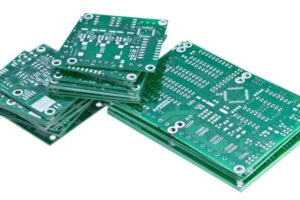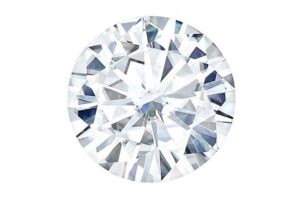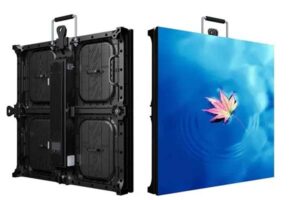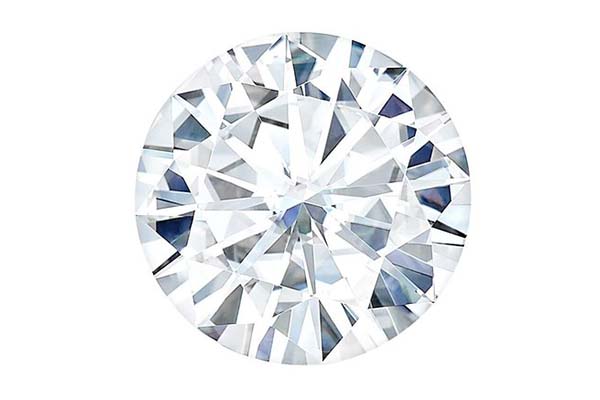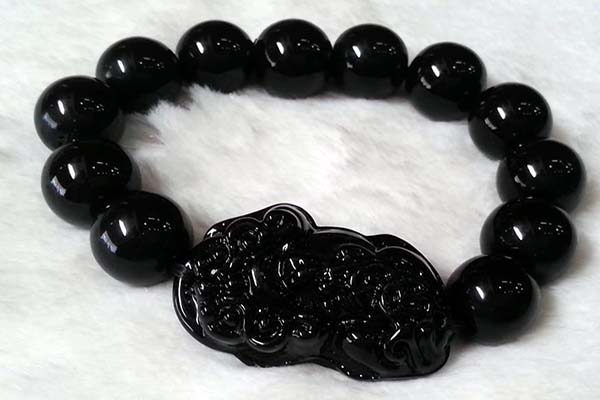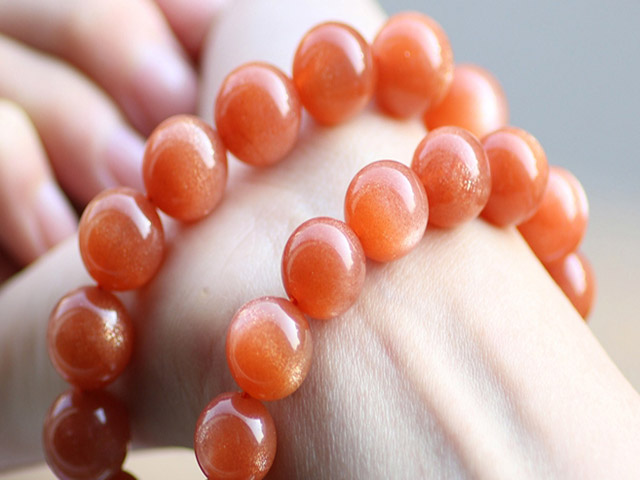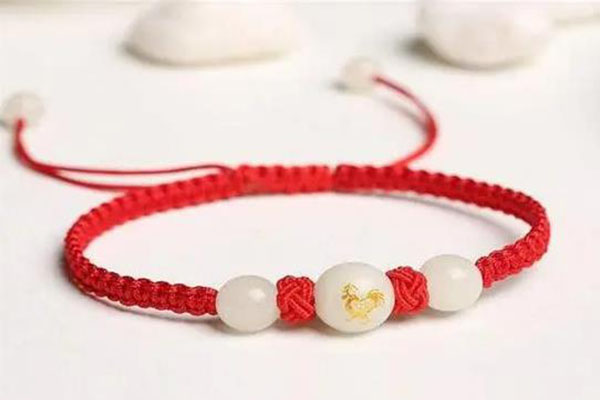Moissanite, often referred to as “Moissanite diamonds,” has gained popularity as a diamond alternative in recent years. However, it’s important to clarify the differences between moissanite and natural diamonds to avoid confusion for consumers. In this blog, Moissanite jewelry wholesaler will address common questions about moissanite and provide accurate answers to help you understand this remarkable gemstone.
1. Is “Moissanite” a diamond?
No, it is not.
Moissanite is an excellent diamond alternative that has emerged in recent years. Its scientific names are “synthetic silicon carbide” or “synthetic carborundum,” with the chemical formula SiC.
2. Are there natural moissanite gemstones?
No, there are not. Natural moissanite gemstones are extremely rare and occur in minuscule quantities. Therefore, all moissanite gemstones with practical applications, whether for industrial purposes or as diamond substitutes, are laboratory-grown synthetics.
3. What are the advantages of moissanite compared to other diamond simulants?
High hardness. Diamond is the hardest known material on Earth, with a Mohs hardness rating of 10. Moissanite’s hardness is rated at 9.25, just slightly lower than diamond but higher than most other gemstones. Its exceptional hardness provides durability, and its precise cutting results in superior brilliance.
High refractive index and dispersion. Moissanite exhibits a higher refractive index and dispersion than diamond, leading to greater fire and brilliance.
4. Can moissanite pass the “diamond tester” test?
Yes.
“Diamond testers” or “diamond authenticity testers” on the market work based on the higher thermal conductivity of diamonds compared to other gemstones and imitations. However, moissanite from reilaible supplier like this supplier-moissanitejewelrywholesale.com has a similar thermal conductivity to diamonds, making it indistinguishable from diamonds using these testers.
5. Can you differentiate moissanite from diamond using a 10x magnification loupe?
Yes.
Differentiating moissanite from diamond under 10x magnification is not difficult.
Moissanite’s strong birefringence causes noticeable doubling of facets when viewed through the table with a loupe, while diamond, being isotropic, does not exhibit this phenomenon. Additionally, moissanite’s facet edges might not be as crisp as diamond’s due to its slightly lower hardness.
6. Is the popular “GRA” International Moissanite Grading Certificate legitimate?
According to research and collected information, the so-called Moissanite grading certificates on the market are from China.
The “GRA” certificate appears like the GIA certificate, there are a certain accurate.
7. How much is moissanite worth?
Western moissanite is a little expensive. Based on information from the C3 company’s official website, the price is approximately $1000 per carat.
Moissanite from China is relatively more affordable, with prices for 1-carat synthetic silicon carbide (moissanite) gemstones ranging from $100 to $200.
Conclusion:
Moissanite has emerged as a fascinating diamond alternative with unique properties and characteristics. While it is not a natural diamond, it offers remarkable brilliance, durability, and value for those seeking an alternative to traditional diamonds. As consumers, understanding the differences between moissanite and natural diamonds is crucial for making informed purchasing decisions in the jewelry market.
